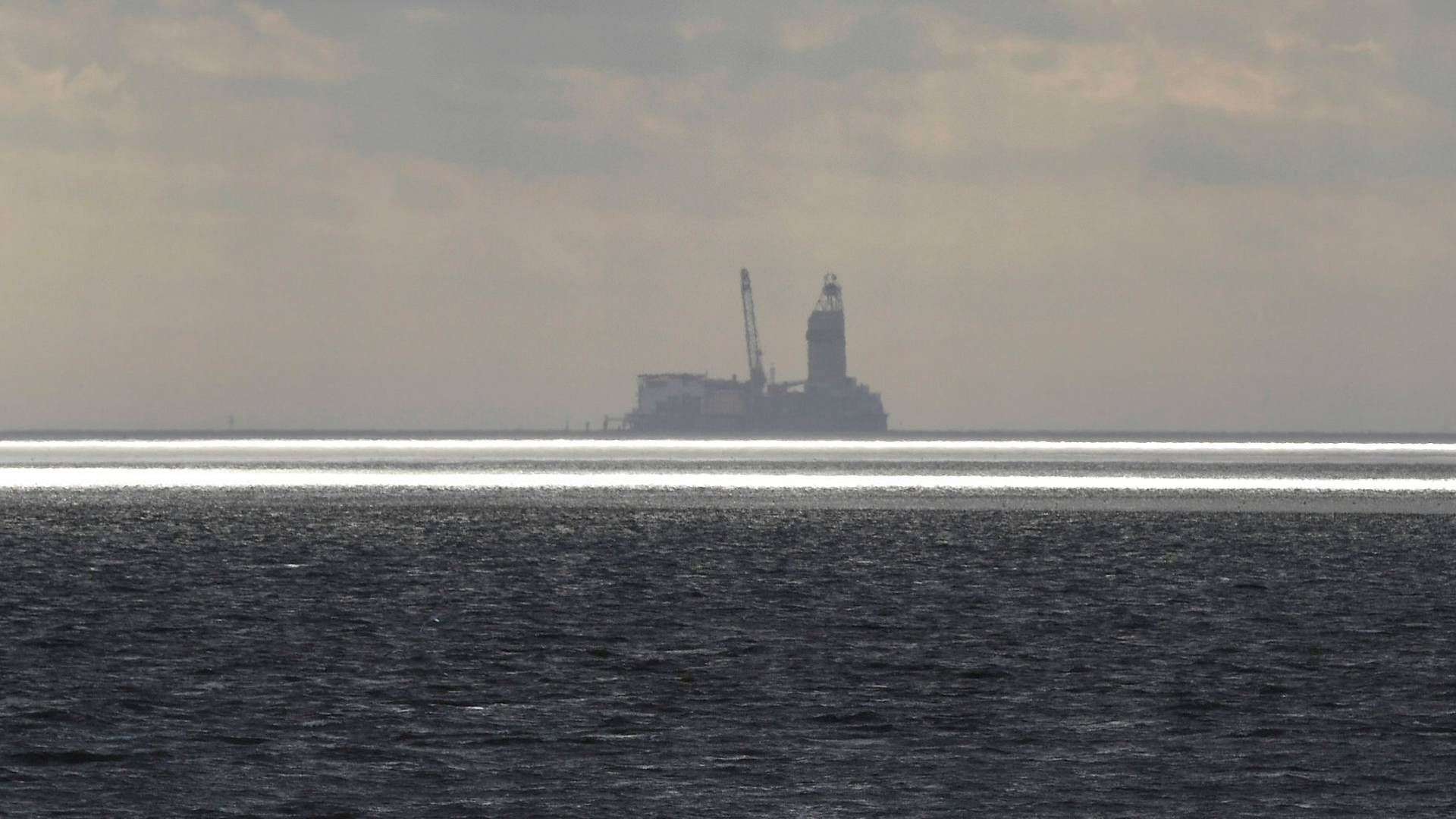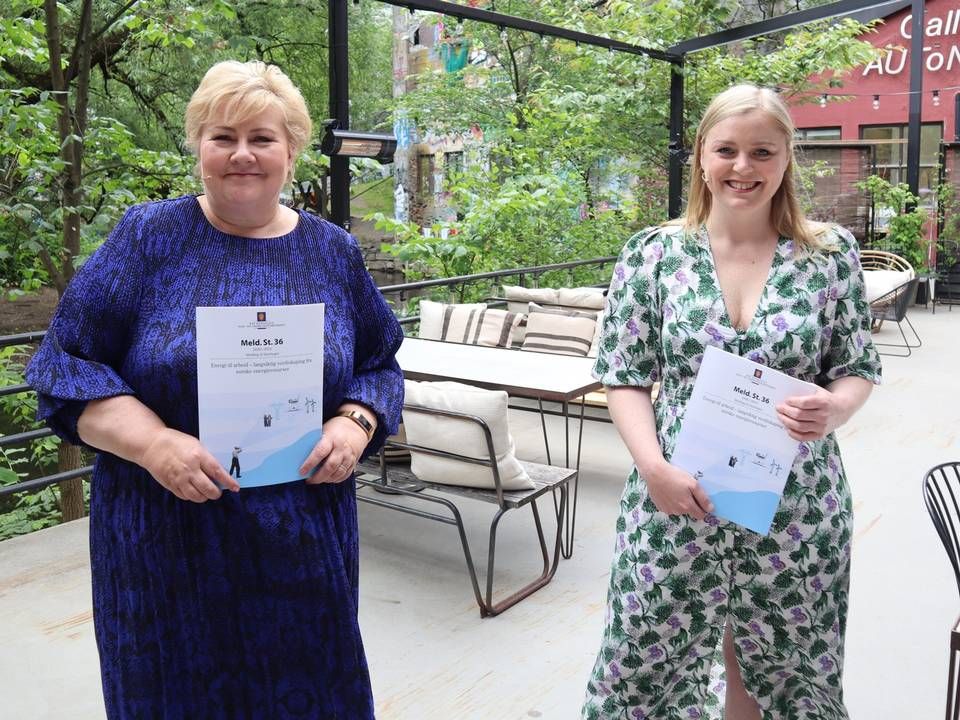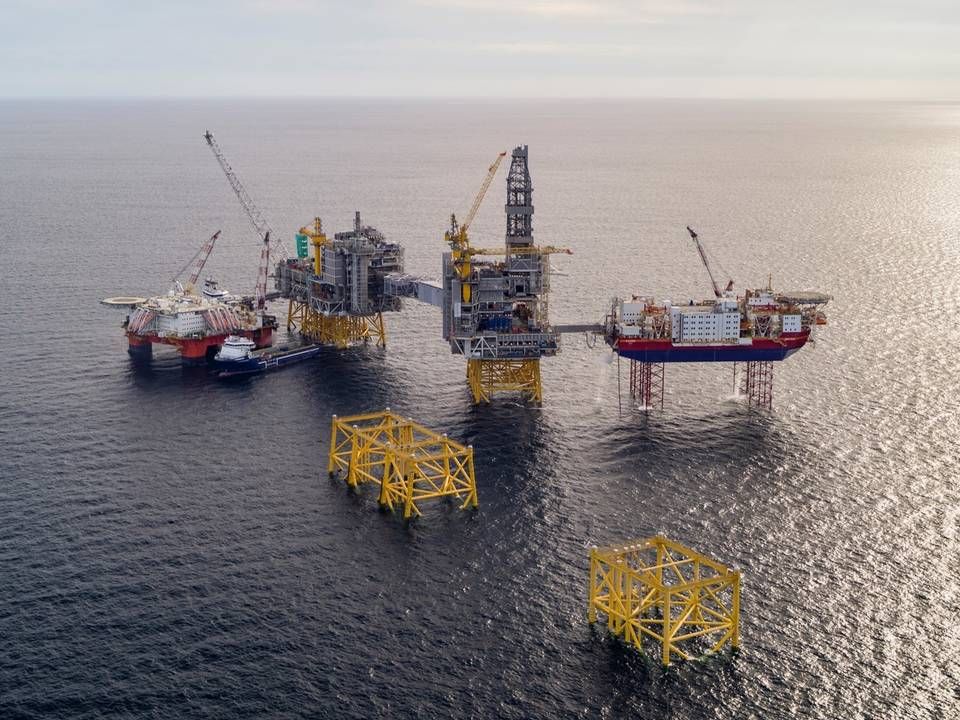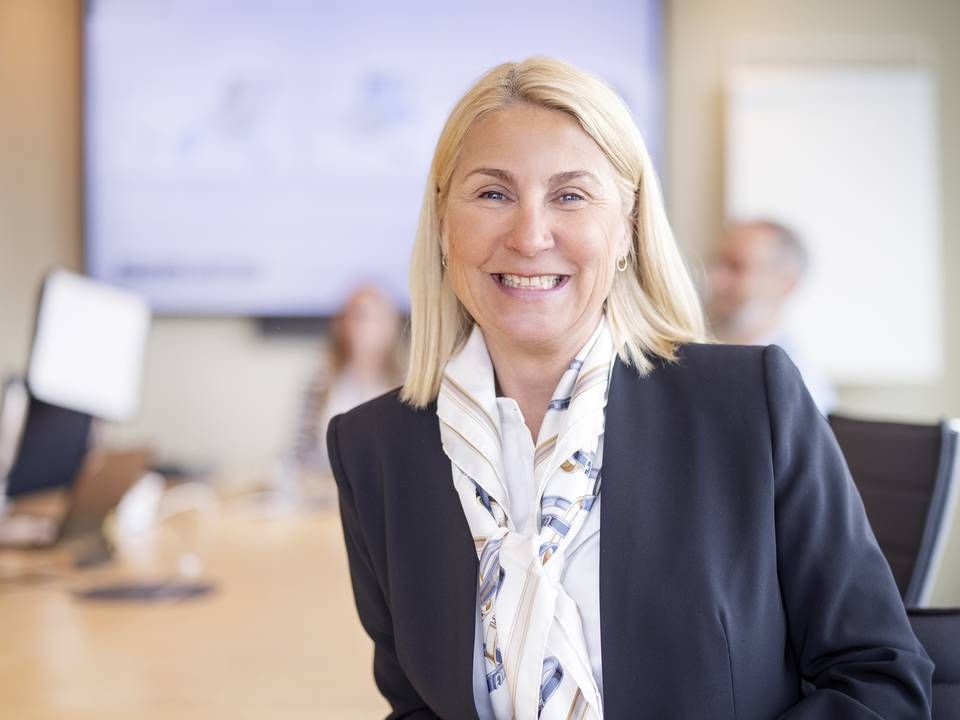Committee recommends zero-emission investment targets for Norwegian oil fund

Any company that is a beneficiary of investments from the Norwegian Government Pension Fund Global, otherwise known as the oil fund, should have to work towards setting long-term targets for achieving climate neutrality.
This is one of the recommendations set forth by a committee that has been set up by the Norwegian government to examine the oil fund's climate risks, writes E24.
"There is a need for further development of the efforts related to climate risks, and we believe that Norway should strive towards making the fund a world leader in terms of its climate efforts," says Martin Skancke, chairman of the committee.
The committee also suggests that the oil fund set up requirements for companies to stress-test their business models to ensure that the companies retain earnings regardless of changes to climate policy, including meeting the target of keeping the temperature increases to 1.5 degrees Celsius.
"Doing so would make it easier to render visible any deviations from emission trajectories that align with the climate targets, and it will be possible to quantify the potential economic consequences of this," the committee writes according to the newspaper.
Norway's oil fund is the world's largest independent investment fund, owning shares in more than 9,000 companies worldwide.
English Edit: Christoffer Østergaard
Norwegian government proposes policy to maintain fossil fuel extraction
Norway has signed the Paris deal, yet drilling on the Norwegian shelf is not slowing down
Petoro sends more than USD 6 billion into Norway's Petroleum Fund





















